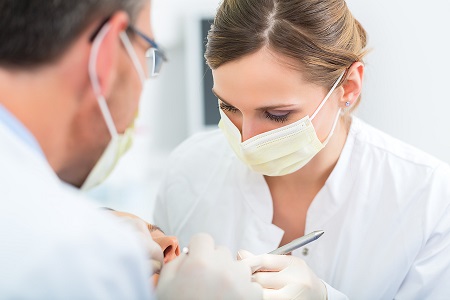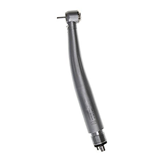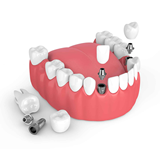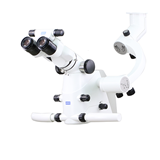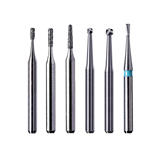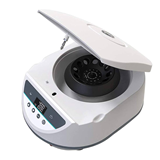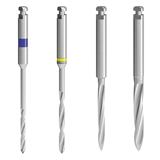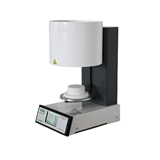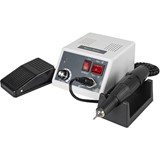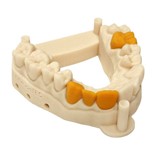The report released by the Australian Institute of Health and Welfare (AIHW) Dental workforce 2012 looks at the characteristics of the Australian dental practitioner workforce in 2012.
A dental practitioner is a trained professional in dentistry, oral health therapy, dental hygiene, dental therapy or dental prosthetics. Overall, there were 19,462 dental practitioners registered in Australia in 2012.
The report shows that the number of employed dentists rose by about 5 per cent, from 12,599 to 13,266 between 2011 and 2012. Of these, 1330 worked as specialists, with orthodontics the most common specialty.
"Overall, dentists made up three quarters of dental practitioners registered in Australia," said AIHW spokesperson Dr Adrian Webster.
There were 1425 dental hygienists, 1117 dental therapists, 1,100 dental prosthetists and 675 oral health therapists employed in their respective fields.
"While dentistry is traditionally a male-dominated profession, the proportion of female dentists rose from about 35 per cent to almost 37 per cent between 2011 and 2012," Dr Webster said.
Employed dental therapists, dental hygienists and oral health therapists were predominantly women (97 per cent, 95 per cent and 85 per cent respectively), while dental prosthetists were much more likely to be men, with women making up just 15 per cent of this workforce.
On average, dentists worked 37 hours per week in 2012, a slight drop from 2011. About 32 per cent of dentists worked part time.
The majority of employed dentists worked in private practice (80 per cent of clinicians and 77 per cent of all dentists), as did most specialists (75 per cent).
"Most specialists worked in major cities, and these areas also had more dentists per capita than other areas of Australia," Dr Webster said.
Major cities had the highest supply of employed dentists in Australia at 64.3 full-time equivalent (FTE) dentists per 100,000 people, followed by Inner regional areas at 42.2 FTE dentists per 100,000 people. The lowest supply was in Remote / Very remote areas (21.5 FTE per 100,000 people).

